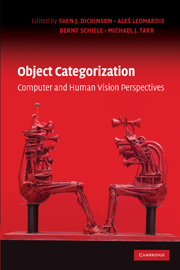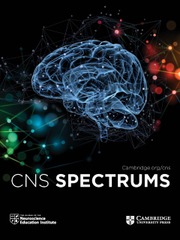Handbook of Functional MRI Data Analysis
Functional magnetic resonance imaging (fMRI) has become the most popular method for imaging brain function. Handbook of Functional MRI Data Analysis provides a comprehensive and practical introduction to the methods used for fMRI data analysis. Using minimal jargon, this book explains the concepts behind processing fMRI data, focusing on the techniques that are most commonly used in the field. This book provides background about the methods employed by common data analysis packages including FSL, SPM and AFNI. Some of the newest cutting-edge techniques, including pattern classification analysis, connectivity modeling and resting state network analysis, are also discussed. Readers of this book, whether newcomers to the field or experienced researchers, will obtain a deep and effective knowledge of how to employ fMRI analysis to ask scientific questions and become more sophisticated users of fMRI analysis software.
- Website includes the data used in all of the examples, as well as the code used to create many of the examples and figures
- Includes discussion of cutting edge new techniques, including pattern classification and connectivity analysis
- Presents difficult material in a way that is accessible to a broad range of readers
Reviews & endorsements
'Wow! Very often in neuroimaging a title has little relationship to what follows. That is clearly not the case with the Handbook of Functional MRI Data Analysis by Poldrack, Mumford, and Nichols. This relatively slender volume is all that a handbook should be: it is crafted by true experts in the field, it is structured so that a newcomer can understand a method's strengths and weaknesses, but it also contains meaty information useful to experts. The book touches on all of the major analytical approaches current in the field and, while I don't agree with every choice the authors make, their advice is always well-conceived. This will be a standard reference on every neuroimager's shelf.' Steven Petersen, Washington University, St Louis
'This book, by some of the best in the field, will no doubt be the go-to book found in every imaging lab and recommendedfor all trainees. Poldrack, Mumford, and Nichols cover the most basic to sophisticated imaging analyses in a wonderfully accessible way.' B. J. Casey, Sackler Institute, Weill Cornell Medical College
'This is a great and timely book. The authors start with the basic concepts of fMRI and image analysis, develop the standard processings and statistical models, and finally explain in a simple and didactic style more advanced topics such as connectivity and machine learning techniques. This textbook provides a comprehensive, and yet very clear, introduction to all of the important aspects of fMRI data analysis. It is extremely readable, and I would strongly recommend anyone new to the field of neuroimaging to read this from cover to cover. Psychologists and medics will find it accessible, and not mathematically daunting, while engineers and other methods researchers will find the breadth of imaging-related issues a very valuable background.' Steve Smith, FMRIB Analysis Group, Oxford
'The book is a must in any research laboratory or clinical environment using fMRI, and it is the perfect reading for studnets or researchers, whether they want to develop fMRI data analysis methods or understand and apply these methods. I believe this book will be a best-seller in our field and a reference for many years because it ideally fills the gap between introductory and advanced research textbooks.' Jean-Baptiste Poline, Neurospin, Institut d'Imagerie Biomédicale, CEA, France
Product details
February 2024Paperback
9781009481168
238 pages
254 × 178 × 13 mm
0.47kg
45 b/w illus. 51 colour illus. 5 tables
Not yet published - available from February 2025
Table of Contents
- 1. Introduction
- 2. Image processing
- 3. Preprocessing
- 4. Normalization
- 5. Statistical modeling
- 6. Statistical modeling: group analysis
- 7. Statistical inference
- 8. Connectivity
- 9. Visualization
- 10. Machine learning
- Appendix A. GLM intro/review
- Appendix B. Data organization and management
- Appendix C. Image formats.









